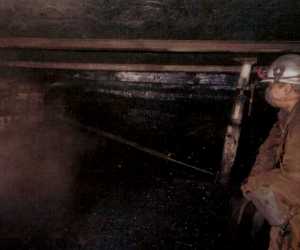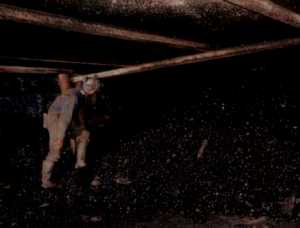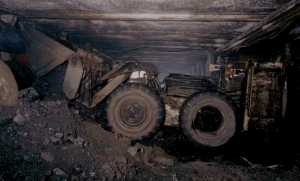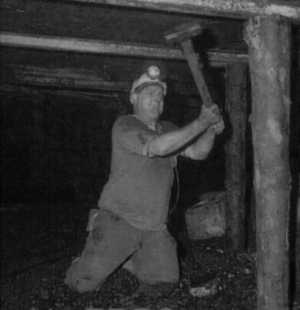|
Hay Royds Colliery
Originally submitted by Alex Potts & later amended
by Dave Douglass
Photographs by P R Deakin - Supplied by Gareth Rimmington
|
|
Hay Royds Colliery
Just three West Yorkshire Collieries have survived into this
new millenium, HayRoyds is the smallest of them. Many people who
live in the surrounding area around the pit might never be aware
that it is there, despite the fact that the pit and its history
are of great interest and importance to industrial history and
sociology.
|
|
|
Location
The colliery is situated on the road leading up to Wheatley
Hill just south of Clayton West and a little east of Skelmanthorpe.
Although geographically in West Yorkshire it is generally
thought of as a Barnsley pit.
History
Established in 1908 the pit will be the oldest survivor
once PontyPrince goes . Following the closure of others
in the area like Denby Grange and Caphouse Hay Royds will
be the last.
|
(Although caphouse remains as amining museum ) The pit escaped
nationalisation probably because of its size and was operated
by the Flack family as a private concern. This meant working under
licence, not employing more than 50 men and not mining more than
100,000 tonnes per year. In a sense it is considered fortunate
that the mine remained private, or else probably it would have
been closed long ago by the NCB .Its survival ensures the continuation
of employment but also mining as tradition in this area.
|
|
The pit has worked a number of seams including the Beeston
and the Whynn Moor. The whole underground complex is accessed
by twin drifts only, so has no winding gear. The drifts
run under the road and then under Wheatley Hill farm. The
access drifts give way to a four way junction which in turn
lead on to the current workings in the Whynn Moor seam.
Twenty two miners work here, using drill and blast methods
to extract pillar and stall workings. The coal is undercut
prior to boring and blasting. Basic underground loaders
are then used to load coal into half tonne tubs, which are
then wound to the surface by a rope haulage system. The
average seam height of 1.2 meters in the Whynn Moor seam.
|
|
|
|
The mining technology employed here is similar
to that of the Northumberland Blenkinsopp and Welsh Betws mines.
A small but steady production rate of 36,000 tonnes is maintained
at Hay Royds. At these rates of production coal is sold solely
to the domestic market. The mine has full ventilation, consisting
of a main fan in the drift tunnels, drawing fresh air down a ventilation
shaft and several smaller fans at various points in the infrastructure.
It is a feature which was often ignored in the smaller mines.
|
|
|
Reserves.
As the Whynn Moor seam is not currently worked at any remaining
mine, and has never been worked at Caphouse or Denby Grange
the mine would seem to have exclusive rights to this seam.
Research has identified about 300,000 tonnes of reserves,
albeit in small pockets underneath Denby dale. This area
was once within the Denby Grange take. Accessing these reserves
could provide working for nine years, depending on the economic
viability of such a venture. It is not known how much coal
is in the present seam being worked, or in other areas of
the mine. |
Future
As the mines market is entirely for domestic use there is
hope that this area of sale is the least likely to further decline,
although as with all coal markets the threat of heavily subsidised
imports is worrying.
|
| A further sign that the mine does indeed have a viable long
term future is that as of April 2000 the mine has received
governments grants of £86,000, £164,000 and £200,000
;such grants were established for UK pits with healthy long
term prospects, to help through short terms market problems.
David Flack the managing director of the mine, quoted in The
Yorkshire Post said that such grants would be used for "improving
technology" to help secure the long term future of the
pit. |
|
|
|
|
The biggest dark cloud on the horizon is the subject of
insurance. At Betws mine insurance increased from £150,000
to £500,000 a year after a small underground fire.
This led to many weeks of lost production and a similar
small drift in North Derbyshire closed for good recently
after a similar insurance problem. If Hay Ryods can find
a way through the insurance problems, it should be able
to keep going for at least a further five years.
Many thanks to Alex Potts and Gareth Rimmington for
their help and for providing information and images for
this article.
|
|




